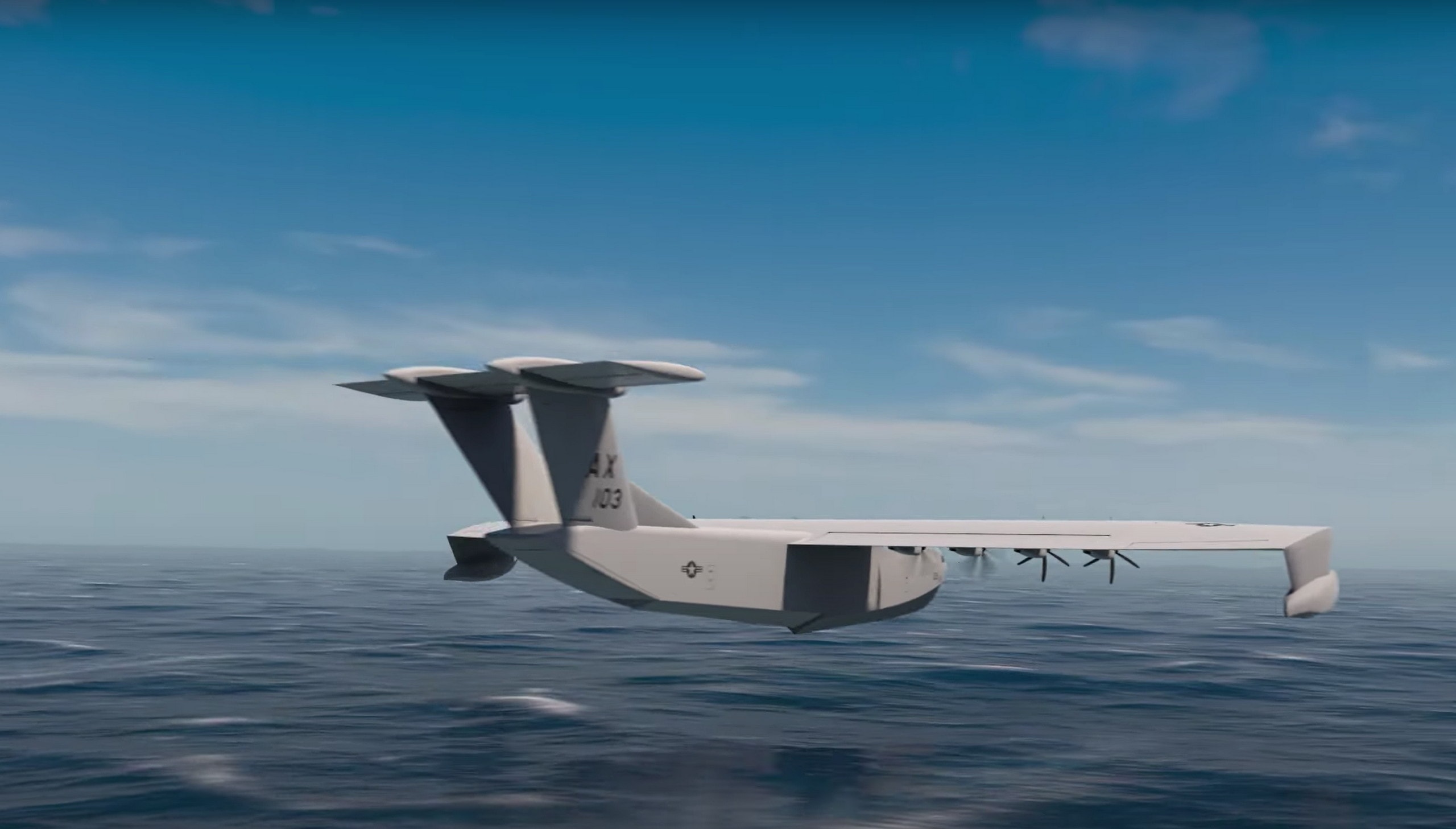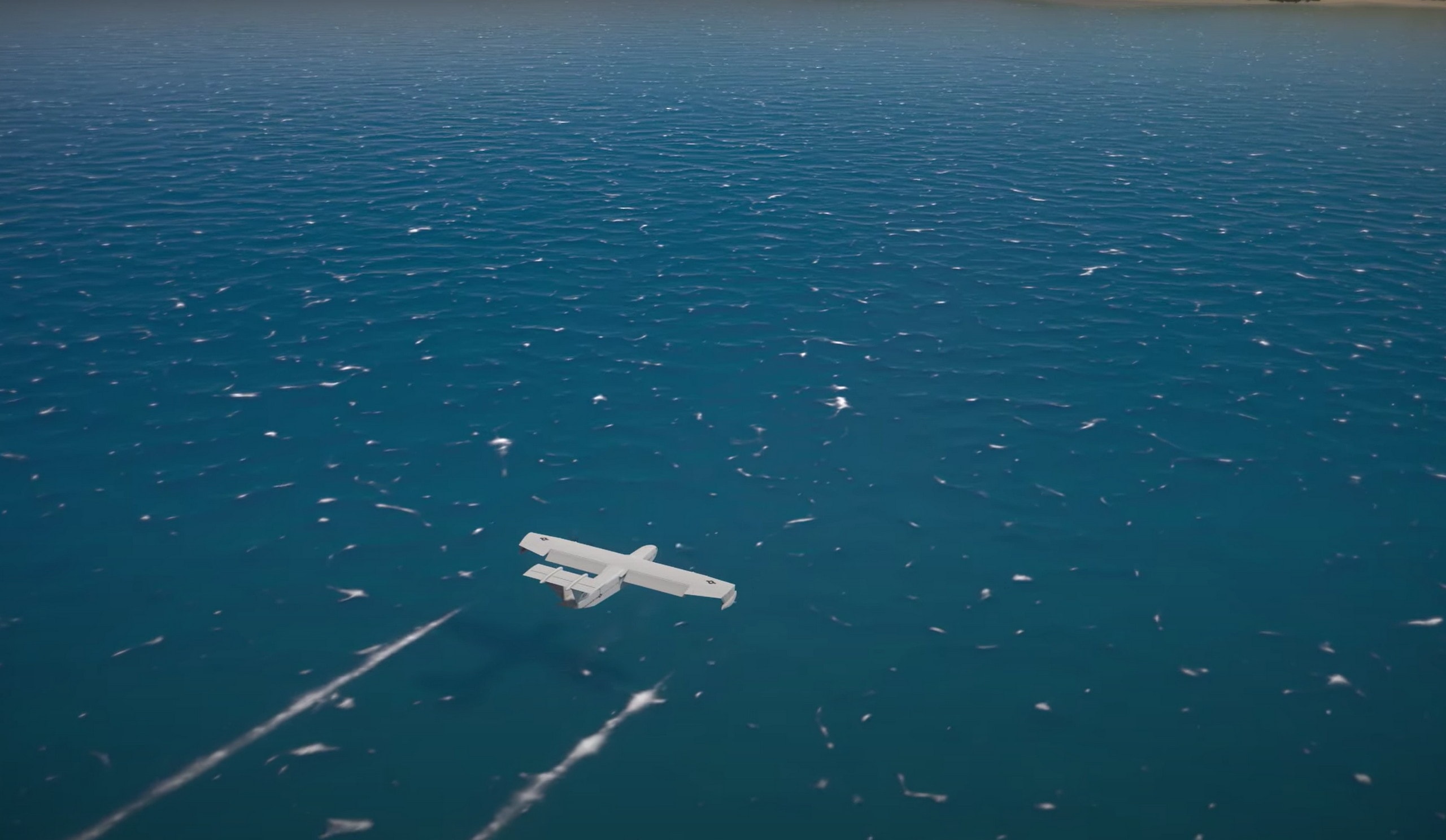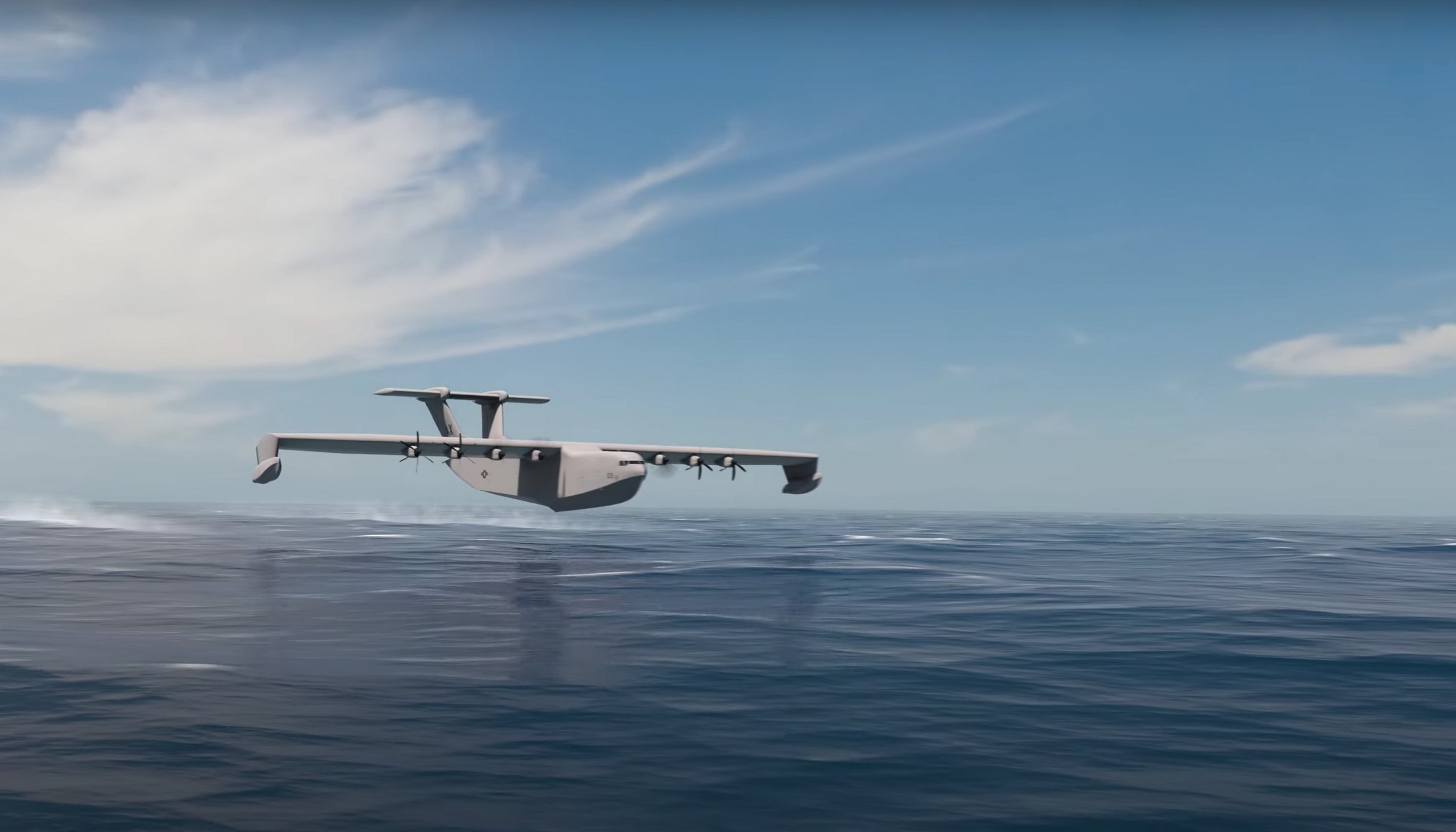The Liberty Lifter program, a recent initiative by the Defense Advanced Research Projects Agency (DARPA), aims to develop a ground effect airplane capable of transporting military equipment and personnel to remote, water surrounded locations. This innovative aircraft, leveraging the principle of ground effect to achieve high speeds and reduced drag, is designed to carry a payload of over 220,000 pounds, surpassing the capacity of the C-17 Globemaster III.
By operating at low altitudes over water, the Liberty Lifter can exploit the aerodynamic benefits of ground effect, resulting in increased lift and reduced fuel consumption. This enables the aircraft to achieve higher speeds and longer ranges, making it an ideal platform for rapid deployment of military forces to remote locations.

In addition to its impressive payload capacity, the Liberty Lifter is also designed to be versatile and adaptable. It will be capable of carrying a variety of military equipment, including armored personnel carriers, vehicles, and supplies. The aircraft will also be equipped with advanced navigation and communication systems to ensure safe and efficient operations in challenging environments.
With its potential to revolutionize military logistics and access to remote areas, the Liberty Lifter program represents a significant advancement in aerospace technology. The successful development of this innovative aircraft could have far-reaching implications for national security and defense capabilities.
The Liberty Lifter, a revolutionary aircraft designed to operate without runways, is set to redefine military capabilities. This groundbreaking project, initiated by DARPA, aims to develop a seaplane capable of taking off and landing from water, even in challenging conditions. After a rigorous selection process, two competing designs were chosen to advance in the program.
One, developed by General Atomics and the Maritime Applied Physics Corporation, features a twin-hull configuration powered by 12 turboshaft engines. However, it is the second design, developed by Boeing’s Aurora Flight Sciences, Gibbs & Cox, and ReconCraft, that has recently captured attention with the release of its first concept video.

Furthermore, it can sustain operations in ground effect mode in even more adverse conditions, with waves ranging from eight to 13 feet high. The Liberty Lifter’s potential applications are vast. It could be used for humanitarian aid missions, disaster relief efforts, and military operations in remote or coastal areas. The aircraft’s ability to operate without runways would provide access to locations that are currently inaccessible to traditional aircraft.
As the Liberty Lifter program progresses, the developers are working to refine the design and conduct extensive testing. The project is currently in Phase 1B, where the parties involved are conducting test activities and working on the preliminary design review. Aurora Flight Sciences has already completed tow tank testing and propeller performance characterization and is now preparing for wind tunnel trials.
The future of the Liberty Lifter is promising. If the project is successful, it could revolutionize transportation and military operations, providing new possibilities for access to remote areas and humanitarian aid. The aircraft’s unique design and capabilities have the potential to make a significant impact on the world.

